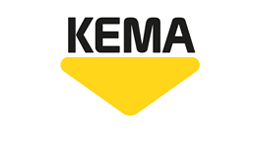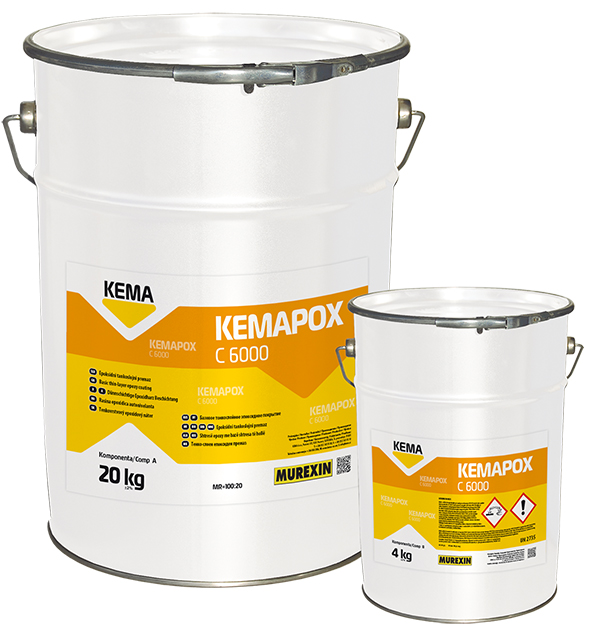Description
| Description | 2-component, pigmented, thin-layer and self-levelling epoxy coat. |
| Field of use | It is used to produce a thin-layer coating on concrete and other cement-based substrates for light loads, such as warehouses, workshops, garages, parking garages, etc..
For facilities with a heavy load it is also possible to install an additional, third component, dry quartz sand EPOXY SAND, which significantly increases the mechanical properties. |
Features
-
Good chemical and mechanical resistance
-
Water resistant
-
For indoor use only
-
Does not contain solvents
-
Glossy surface appearance
-
Easy cleaning and maintenance
Consumption
Primer prior to installation of epoxy floorings, substrate reinforcement, anti- dust coating, bonding layer with KEMAPOX Grund 2000: 0.3 – 0.5 kg/m2 for one layer, depending on the absorbency of the substrate
1. Epoxy levelling compound (leveling up to 2 mm) with KEMAPOX Grund 2000: 1.4 to 1.6 kg/m2 for 1 mm thickness (mixing ratio resin: sand = 1:1)
2. Thin- layer smooth or structured epoxy coating of approx. 500 ηm: 0.4 to 0.5 kg/m2
3. Thin- layer non-slip epoxy coating of approx. 700 ηm: 0.4 to 0.5 kg/m2 + approx. 0.5 kg EPOX SAND 0.1 – 0.3 ES / m2
4. System with two coats and a thickness of approx. 1 mm: approx. 1.0 kg/m2 (0.4 kg of resin A + B and 0.15 kg of sand EPOXY SAND ES 0.1 – 0.3 – intermediate layer and 0.4 to 0.5 kg for the final coat)
5. System with three layers and a thickness of approx. 1.5 mm: approx. 1.5 kg/m2 (0.8 kg of resin A + B and 0.3 kg of sand EPOXY SAND 0.1 – 0.3 ES – two intermediate layers and 0.4 to 0.5 kg for the final coat)
6. Self levelling epoxy floorings with thickness of approx. 4 mm: approx. 4 kg compound/m2 (2.7 kg of resin A + B and 1.3 kg of sand EPOXY SAND ES 0.1 – 0.3 ) + 2 kg/m2 EPOXY SAND ES 80 for complete strewing + 0.6 kg/m2 KEMAPOX C 6000
These data are theoretical and do not include additional material consumption, which may result from the porous surfaces, slope levelling or losses at installation etc..
Packing
-
24 kg (20 kg of component A + 4 kg of component B)
-
6 kg (5 kg of component A + 1 kg of component B)



